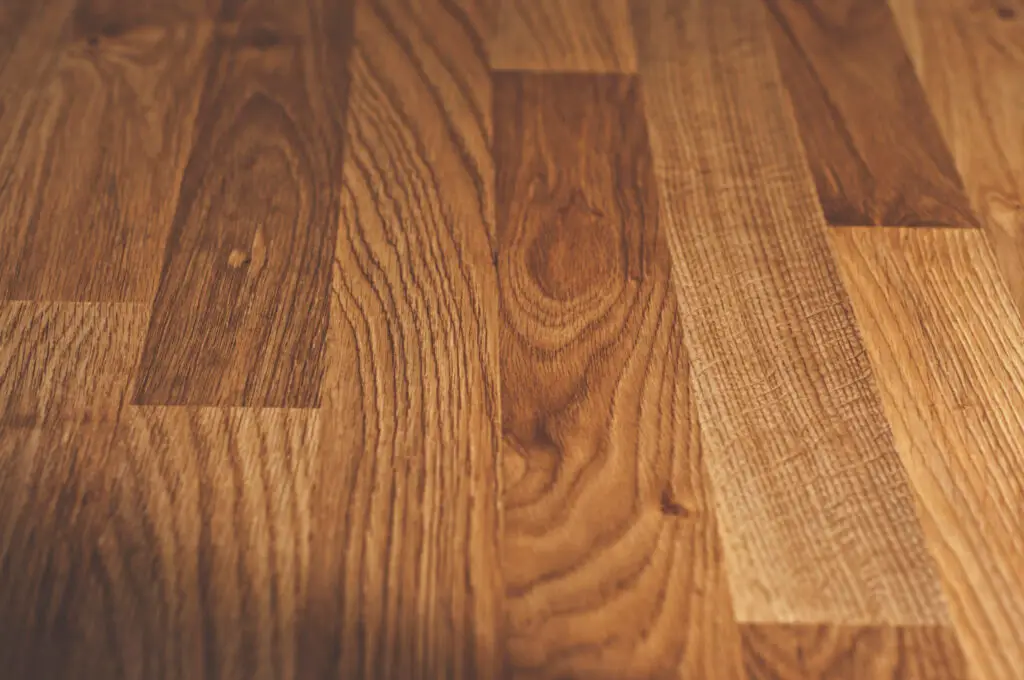Hardwood floors are an investment, and over time, even the most well-cared-for floors can start to look a little tired. Minor scratches, scuff marks, and a general dullness can make your space feel less vibrant. The traditional solution, sanding and refinishing, is a major undertaking—it’s messy, disruptive, and can be costly. But what if your floors don’t need a full-blown sanding job?
The good news is that for many common issues, there’s a much simpler, more efficient way to restore your hardwood floors to their former glory without the dust, noise, and expense of a full sand.

When Sanding Isn’t Necessary
Sanding and refinishing are the right choice for deep scratches, severe stains, or major water damage. However, for a lot of everyday wear and tear, a less invasive approach is all you need.
Minor scratches and dullness
If your floor’s finish is still mostly intact and the issues are only on the surface, you’re an ideal candidate for a no-sand restoration. This includes light scuffs, surface-level scratches from pet claws, or a finish that has simply lost its luster due to normal foot traffic. The key is that the damage hasn’t penetrated through the wood’s protective topcoat.
Floors with thin wear layers
This is especially critical for engineered hardwood floors. Engineered wood has a thin top layer of real wood, called a veneer or wear layer. If this layer is thin, a full sanding job could go right through it, ruining the floor. A no-sand restoration method, such as a simple recoat, is the perfect solution because it restores the finish without removing any of the valuable wood layer.
Methods to Restore Floors Without Sanding
These techniques are designed to refresh your floors by addressing the finish, not the wood underneath.
Screening and recoating
This is the most professional and durable no-sand method. “Screening” is a light scuffing of the floor’s surface using a buffer with a fine-grit sanding screen. This process removes the old, worn topcoat and prepares the surface for a fresh layer of polyurethane. It’s a very fast, low-dust process that creates a perfect bond for the new finish. A recoat is a single application of a new finish, which fills in minor scratches and restores the floor’s shine.
Buff and polish systems
For floors with very minimal wear, a simple buff-and-polish system can work wonders. This involves using a professional buffer machine and a specific polishing product to clean, fill in minor scuffs, and shine the floor. It’s a great option for a floor that just needs a quick touch-up before a special event or a home sale.
Hardwood floor restoration kits
For the DIYer, there are various restoration kits available at home improvement stores. These kits often contain a cleaner, a scuff pad, and a polish or topcoat. While they are a very low-cost and low-effort option, they typically offer less durability and a more limited result than a professional screening and recoat. They are best for addressing very small areas or minor issues.
Benefits of No-Sand Restoration
Choosing a no-sand method offers significant advantages that make it an appealing alternative.
Less dust and disruption
Traditional sanding creates a massive amount of fine wood dust that can be difficult to contain, even with professional vacuums. A no-sand approach is virtually dust-free, which means you won’t have to spend days cleaning your home from top to bottom. The process is also much quicker, with rooms often ready for use in a day or two.
Cost and time savings
A full sand and refinish can be a major expense. A no-sand restoration, particularly a screening and recoat, costs a fraction of the price. The project is also completed in a significantly shorter amount of time, saving you from living in a construction zone for a week or more.
Maintenance After Restoration
Once your floors are beautifully restored, you want to keep them that way.
Using proper cleaners
Avoid harsh, multi-purpose cleaners, as they can damage your finish over time. Instead, use a pH-neutral hardwood floor cleaner designed specifically for your floor’s finish. A little cleaner goes a long way, and a damp-mopped, not soaked, floor is a happy floor.
Protective pads and rugs
One of the simplest and most effective ways to protect your floors is to use felt pads on the legs of all your furniture. Also, consider placing area rugs in high-traffic zones like hallways, entryways, and under dining tables to protect against daily wear and tear.
FAQs
How long does a recoat last?
A professional screening and recoat can last anywhere from 3 to 5 years, depending on your home’s traffic levels. High-traffic areas may show wear sooner. When the finish begins to look dull again, you can simply have it recoated once more without sanding.
Can engineered wood be restored this way?
Yes, absolutely. In fact, a no-sand restoration is often the preferred and safest method for restoring engineered hardwood floors. It preserves the valuable top veneer, allowing you to revitalize your floors without the risk of sanding through the wood.
Ready to revitalize your hardwood floors without the hassle of sanding? Contact the experts at Sky Hardwood Floors today to schedule a free, on-site assessment and get a detailed plan to restore your home’s natural beauty.
